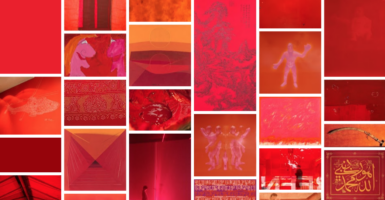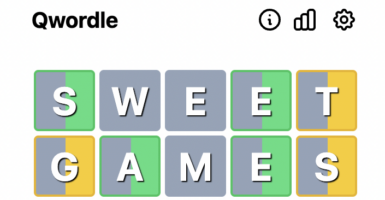The ’80s Songs You Never Knew Were Cover Versions
Ah, the ’80s—a decade bursting with neon colors, big hair, and unforgettable music. But did you know that many of your favorite hits from this era were actually covers?
That’s right! Beneath the synth-heavy sounds and flashy music videos lie stories of songs that have journeyed through time before finding fame in the ’80s. Let’s dive in and unearth the hidden gems behind these iconic tunes.
The Surprising Origins of “Girls Just Want to Have Fun”

Cyndi Lauper’s bubbly anthem ‘Girls Just Want to Have Fun’ is synonymous with ’80s pop culture, but the song’s roots stretch back to the ’70s. Originally penned by Robert Hazard, it was a much different tune, sung from a male perspective. Lauper’s spirited rendition transformed it into a feminist anthem, giving it the infectious energy we all know and love.
Lauper’s version empowered women everywhere to embrace their individuality and have a blast while doing it. Her colorful persona and vibrant music video further cemented the song’s place in pop history, turning it into a timeless celebration of fun and freedom.
Unmasking “I Love Rock ‘n’ Roll”: The Story Behind the Hit
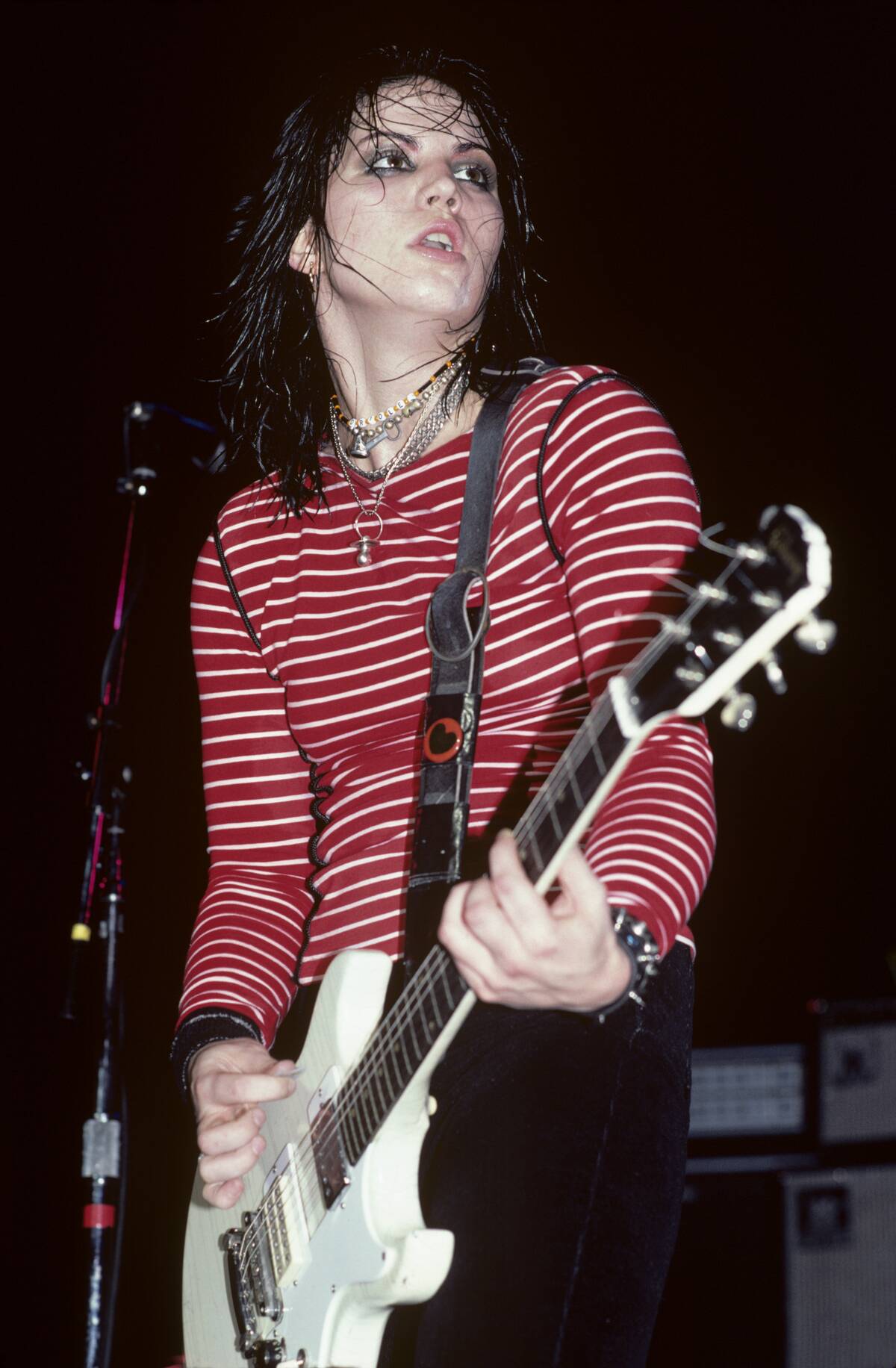
When Joan Jett’s raspy voice belts out ‘I Love Rock ‘n’ Roll,’ it’s hard not to feel the raw energy and passion. But this rock anthem was originally recorded by The Arrows in 1975. Jett’s 1981 cover injected it with a rebellious spirit and catchy hooks that made it an instant classic.
Joan Jett’s version not only topped the charts but also became an anthem for rock lovers everywhere. Her gritty style and unapologetic attitude resonated with fans, leaving an indelible mark on the rock music landscape of the ’80s and beyond.
“Tainted Love”: Tracing the Roots of This Synthpop Classic
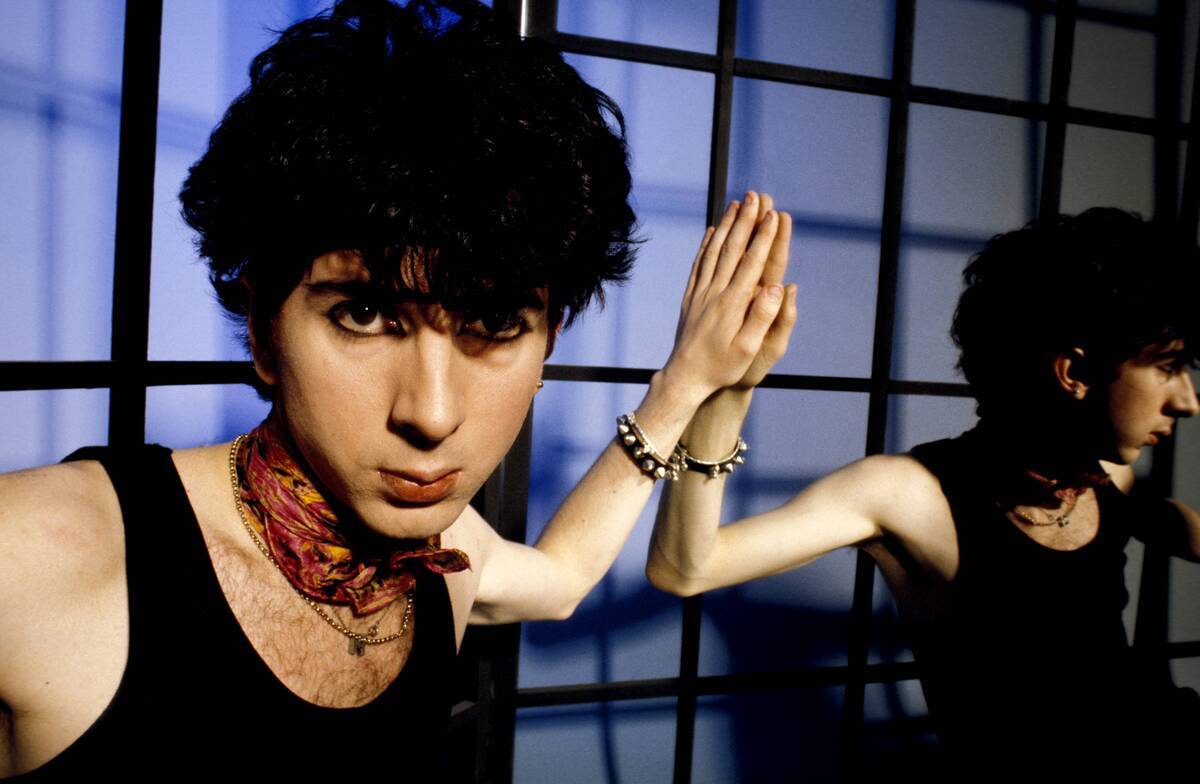
Soft Cell’s ‘Tainted Love’ is a synthpop masterpiece that dominated the airwaves in the ’80s. Yet, its origins can be traced back to 1964 when it was recorded by Gloria Jones. The soulful original was given a new lease on life with Soft Cell’s electronic twist, creating an irresistible dance floor hit.
The haunting synths and Marc Almond’s emotive vocals turned ‘Tainted Love’ into an unforgettable experience. Its transformation from a ’60s soul track to an ’80s synthpop sensation exemplifies how music can evolve and capture the spirit of each era anew.
The Unseen History of “Red Red Wine”
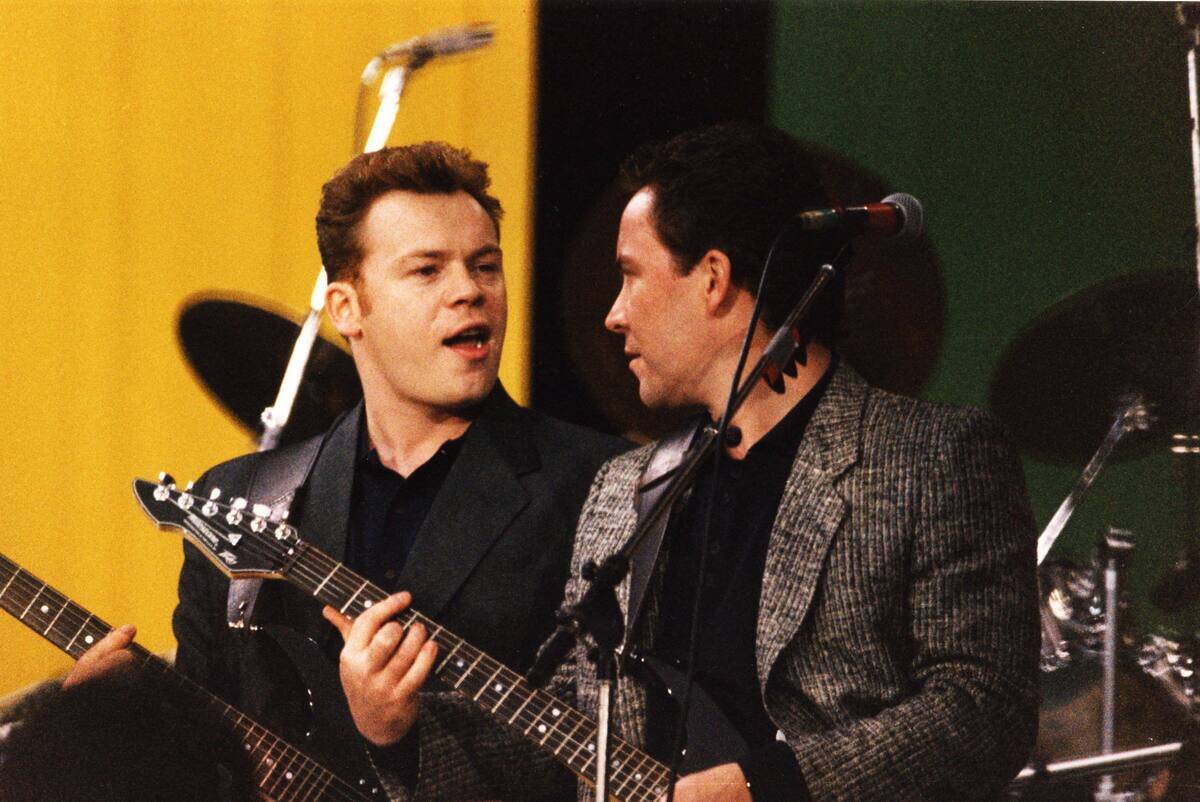
UB40’s reggae-infused ‘Red Red Wine’ is a staple of ’80s playlists, yet it was originally a Neil Diamond ballad from 1967. UB40’s rendition gave the song a laid-back, island vibe that made it perfect for lazy summer days and beach parties.
The band’s smooth adaptation brought new life to Diamond’s lyrics, showcasing the versatility of the song. Its enduring popularity is a testament to the power of a great cover and its ability to transcend genres and generations.
“Mickey”: The Real Story Behind the Cheerleader Anthem
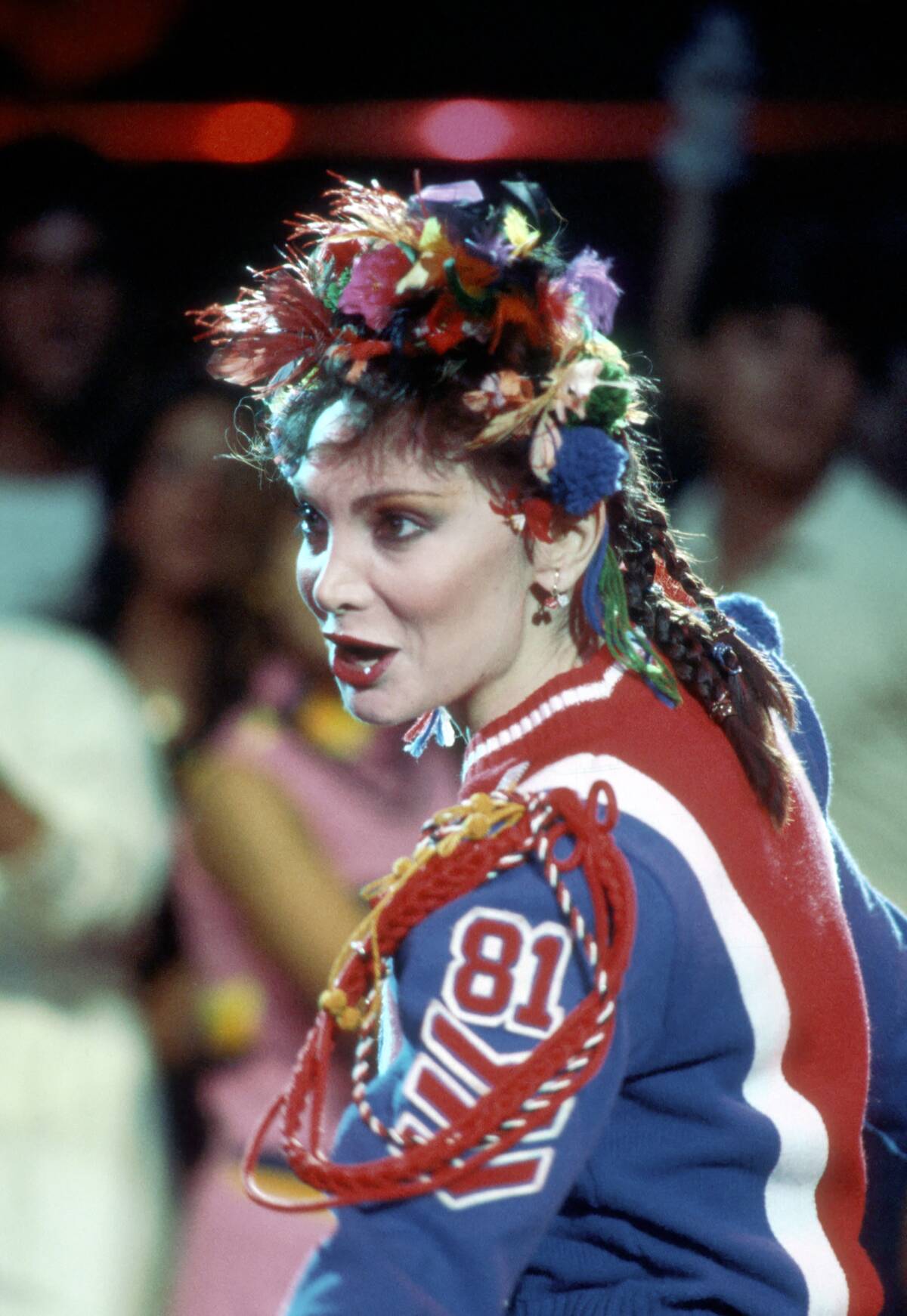
Toni Basil’s ‘Mickey’ is an ’80s anthem that gets everyone cheering along, but its origins are quite surprising. The song was originally titled ‘Kitty’ and recorded by the band Racey in 1979. Basil’s high-energy performance and catchy cheerleading chant transformed it into a pop sensation.
The music video, featuring Basil in a cheerleader outfit, became iconic, further cementing the song’s status as a pop culture staple. With its infectious rhythm and playful lyrics, ‘Mickey’ remains a beloved party track that never fails to get crowds moving.
Exploring the Ancestry of “Nothing Compares 2 U”
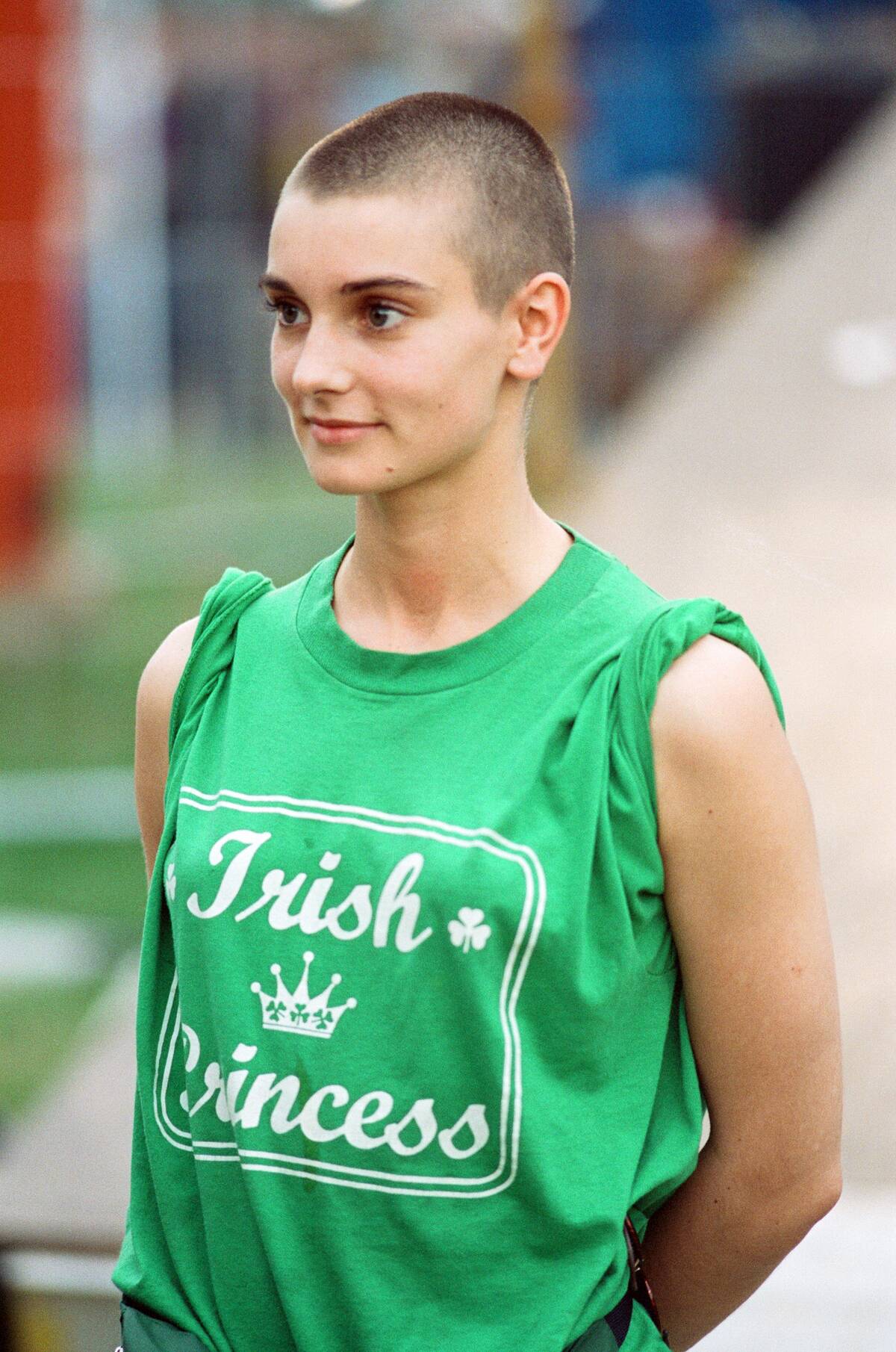
Before Sinead O’Connor’s haunting performance made ‘Nothing Compares 2 U’ a global sensation, it was penned by none other than Prince. Originally performed by his side project, The Family, the song was relatively unknown until O’Connor’s emotional rendition in 1990.
Her stripped-back version, accompanied by an unforgettable music video, captured the hearts of millions. The raw emotion and vulnerability in her voice brought Prince’s lyrics to life, turning the song into an enduring classic that continues to resonate with audiences worldwide.
“I Think We’re Alone Now”: More Than Just a ’80s Pop Hit
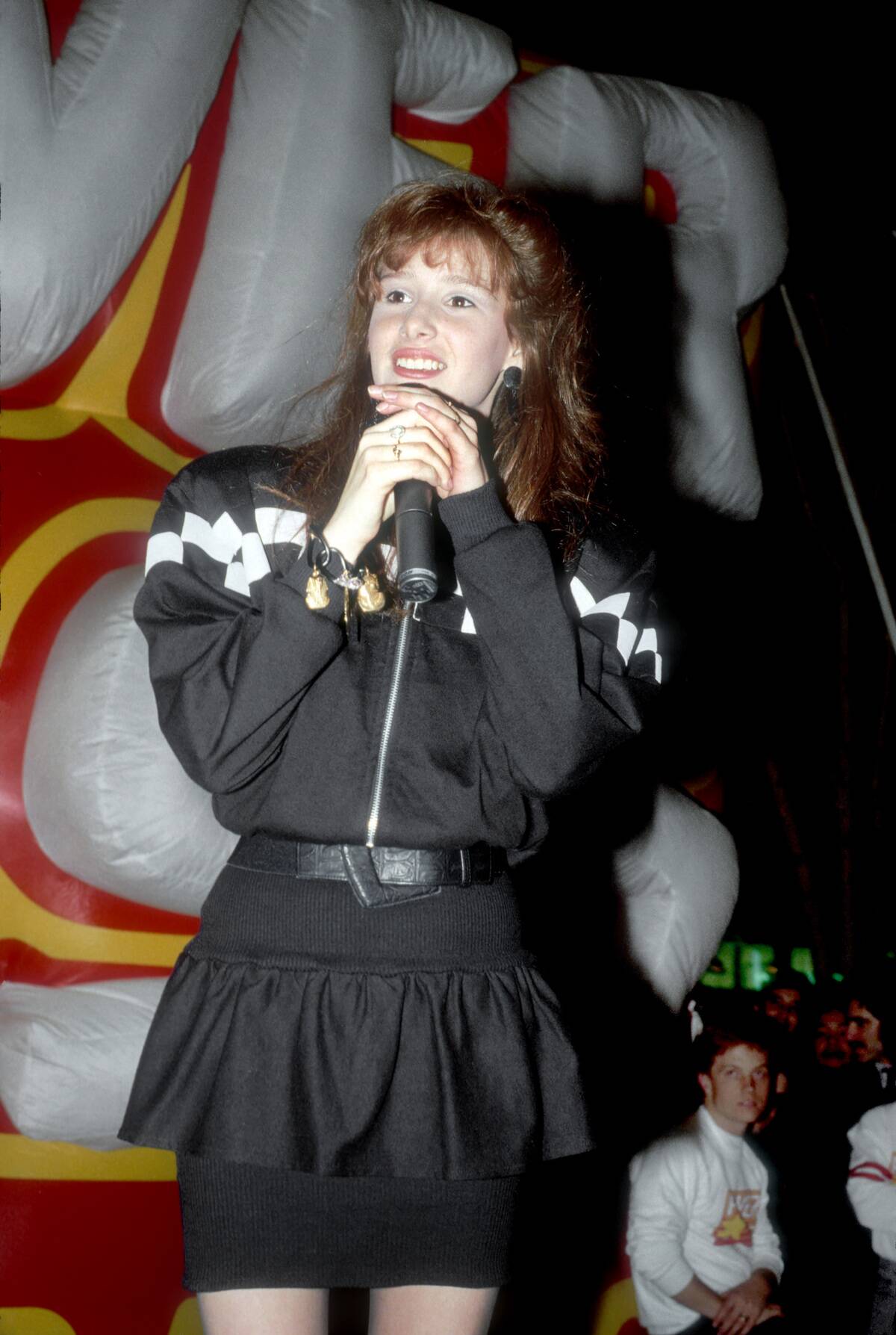
Tiffany’s ‘I Think We’re Alone Now’ is an ’80s pop classic that gets everyone singing along, but its roots go back to 1967 when it was recorded by Tommy James and the Shondells. Tiffany’s bubbly pop cover brought the song to a new generation, capturing the spirit of teenage romance.
Her version, complete with an iconic shopping mall tour, helped the song soar to the top of the charts. Tiffany’s youthful energy and catchy beats made it a defining track of the ’80s, proving the timeless appeal of a great pop song.
Discovering the Origins of “Venus”
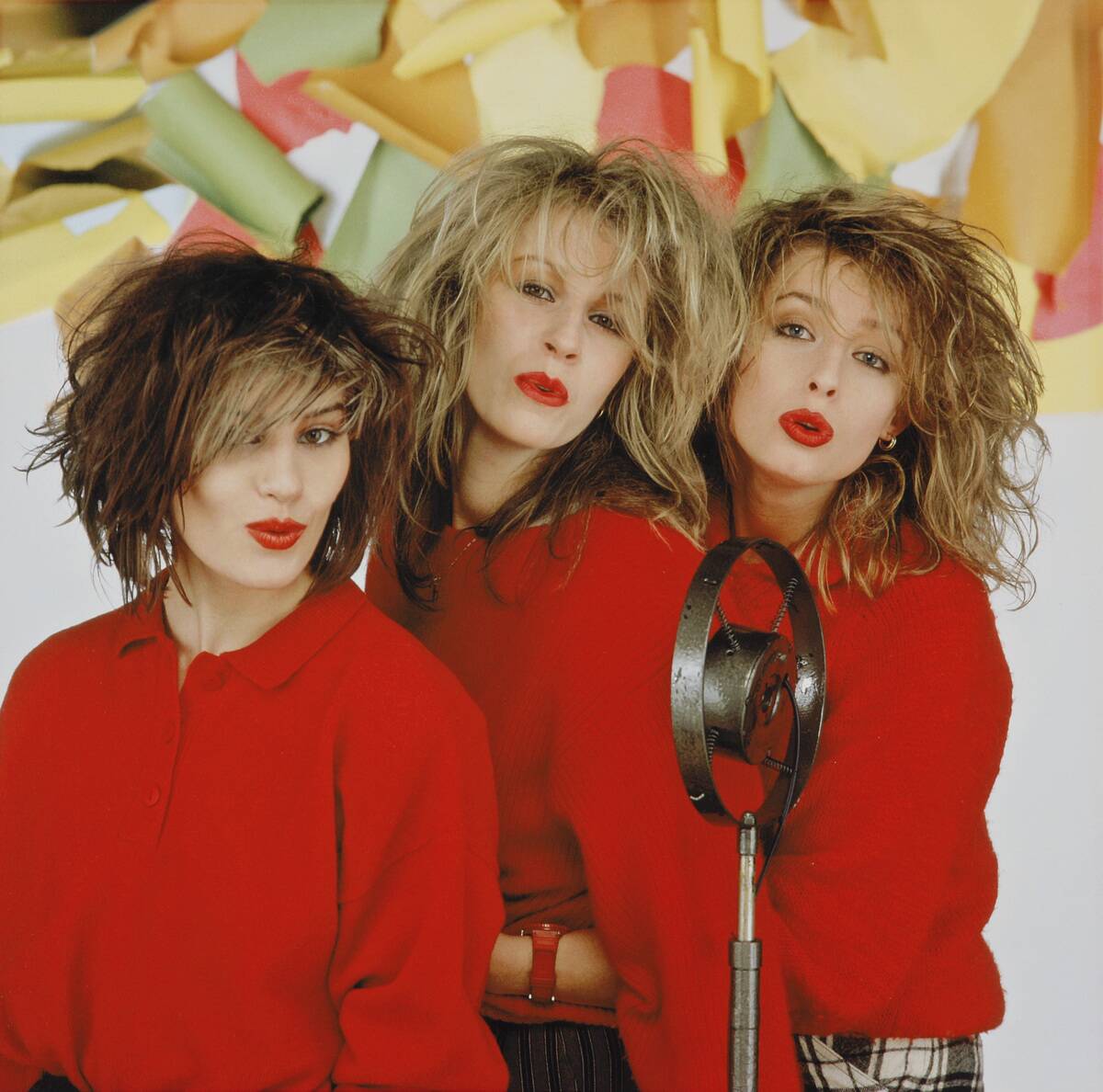
Before Bananarama’s ‘Venus’ became a dance floor staple in the ’80s, it was a rock hit by Dutch band Shocking Blue in 1969. Bananarama’s high-energy cover infused the song with a fresh, pop-driven sound that made it a chart-topping hit.
The trio’s vibrant performance and infectious enthusiasm turned ‘Venus’ into an enduring pop anthem. Its catchy melody and empowering lyrics continue to inspire listeners, proving that a great cover can transcend time and bring new life to a classic track.
The Hidden Journey of “Always Something There to Remind Me”
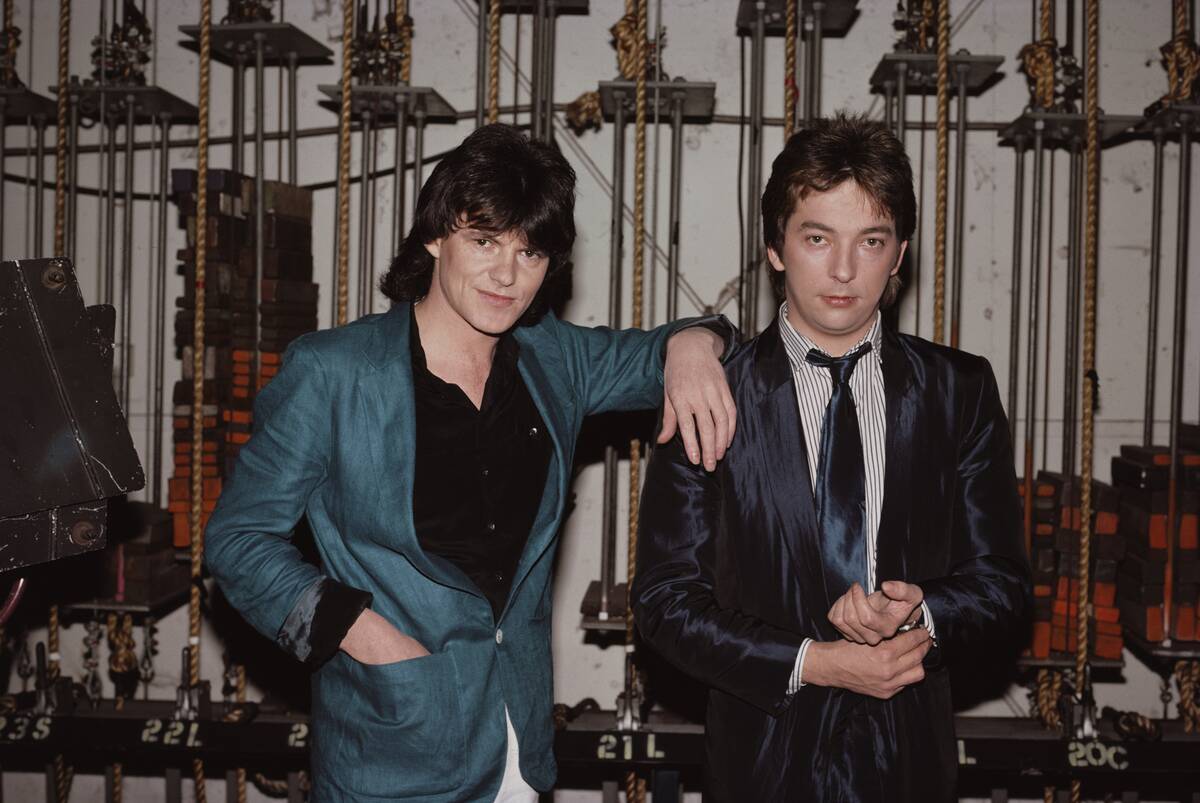
Naked Eyes’ synth-driven ‘Always Something There to Remind Me’ is an ’80s classic that still resonates today. However, the song’s journey began in 1964, when it was penned by Burt Bacharach and Hal David, and first recorded by Lou Johnson before being covered multiple times thereafter.
Naked Eyes’ version brought a modern twist to the timeless melody, with its catchy hooks and electronic beats. The song’s enduring popularity is a testament to the power of a great melody and the ability of artists to reinvent classics for new audiences.
“You Keep Me Hangin’ On”: The Reinvention of a Classic
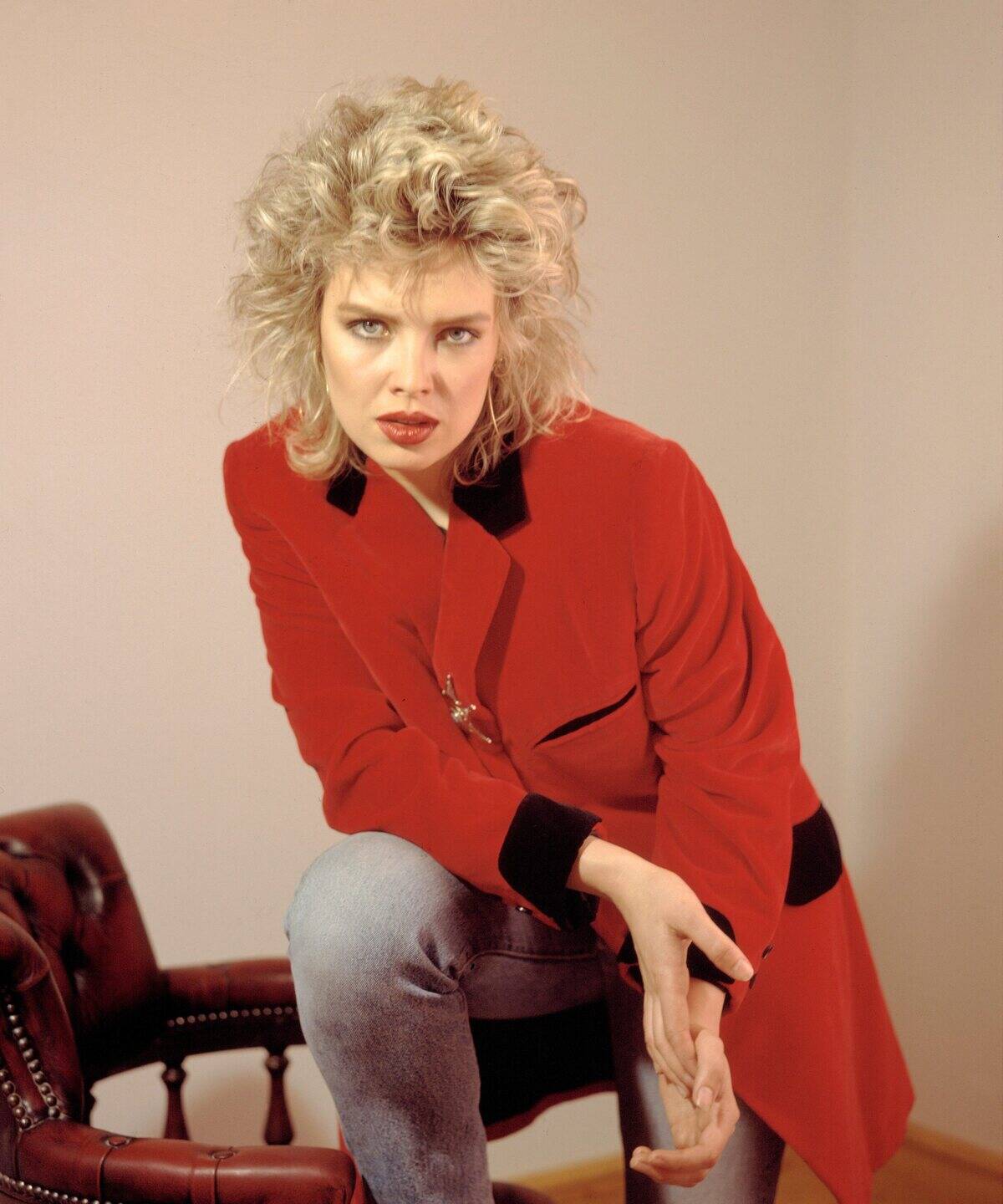
Kim Wilde’s ‘You Keep Me Hangin’ On’ is an ’80s hit that keeps listeners hooked, but it originally found fame with The Supremes in 1966. Wilde’s cover gave the song a fresh, upbeat twist, infusing it with a vibrant energy that resonated with ’80s audiences.
Her version soared up the charts, proving that a classic Motown hit could be successfully reimagined as a pop anthem. Wilde’s dynamic performance brought new life to the song, showcasing the timeless appeal of a great melody and powerful lyrics.
The Lesser-Known Beginnings of “China Girl”

David Bowie’s haunting ‘China Girl’ is a staple of ’80s music, but it was originally co-written with Iggy Pop for his 1977 album ‘The Idiot.’ Bowie’s 1983 version brought the song to a wider audience, with a polished production and memorable music video.
The song’s exploration of love and cultural identity resonated with listeners, cementing its place in Bowie’s illustrious catalog. ‘China Girl’ exemplifies how artists can revisit and reinterpret their work, creating new meanings and connections for audiences.
“Respect Yourself”: The Story Behind the Cover
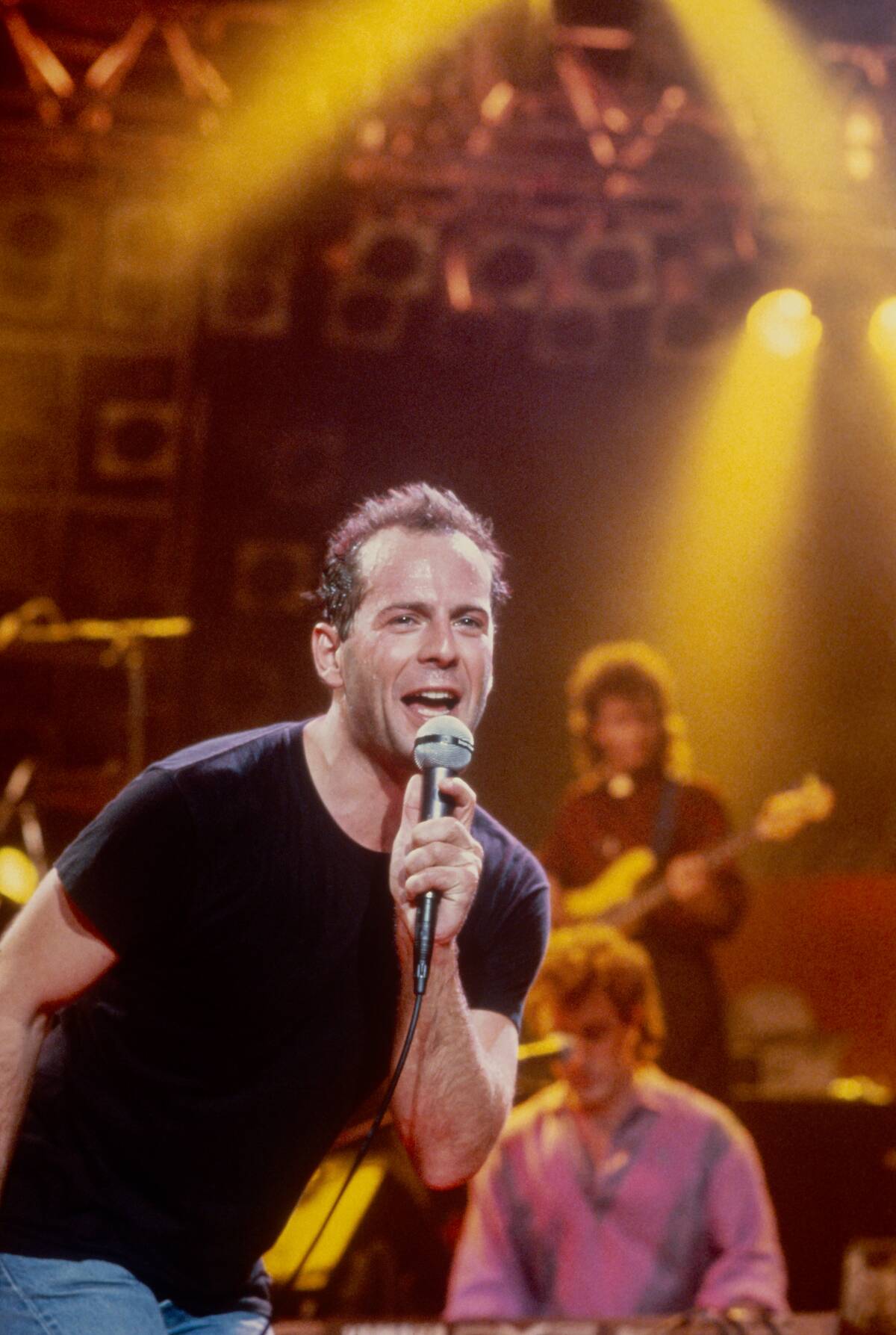
Bruce Willis may be best known as an action star, but his ’80s cover of ‘Respect Yourself’ proved his musical chops. Originally a hit for The Staple Singers in 1971, Willis’s version brought a rock edge to the soulful classic, showcasing his versatility as an artist.
His energetic performance and unexpected foray into music surprised fans and critics alike, adding a new dimension to his career. ‘Respect Yourself’ remains a testament to the enduring power of the song’s message and the ability of artists to make it their own.
“Hazy Shade of Winter”: The Origins of This Rock Anthem
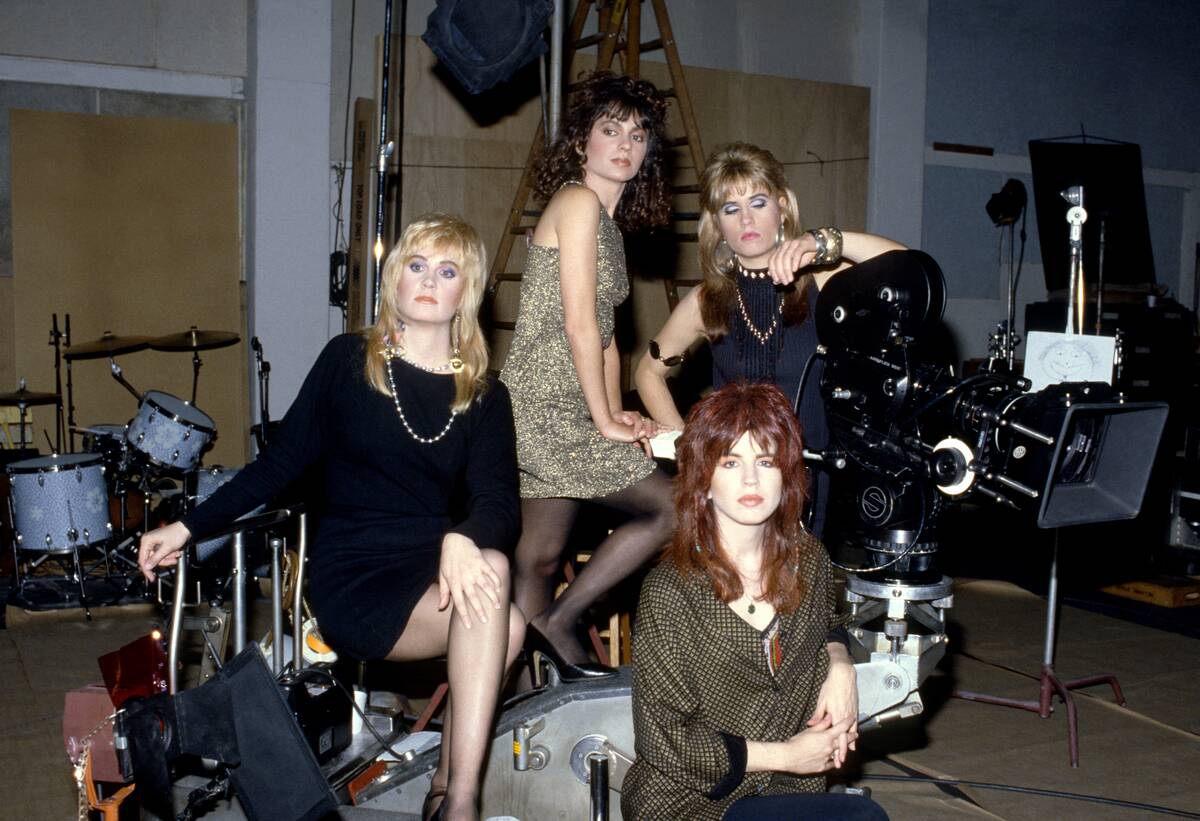
The Bangles’ electrifying ‘Hazy Shade of Winter’ became a rock anthem of the ’80s, but its roots lie in Simon & Garfunkel’s 1966 folk rendition. The Bangles’ cover transformed the introspective ballad into a high-octane hit, complete with driving guitars and powerful vocals.
Their version captured the urgency and energy of the times, resonating with a new generation of listeners. ‘Hazy Shade of Winter’ remains a testament to the transformative power of a great cover, breathing new life into a classic song.
The Secret Past of “Mony Mony”
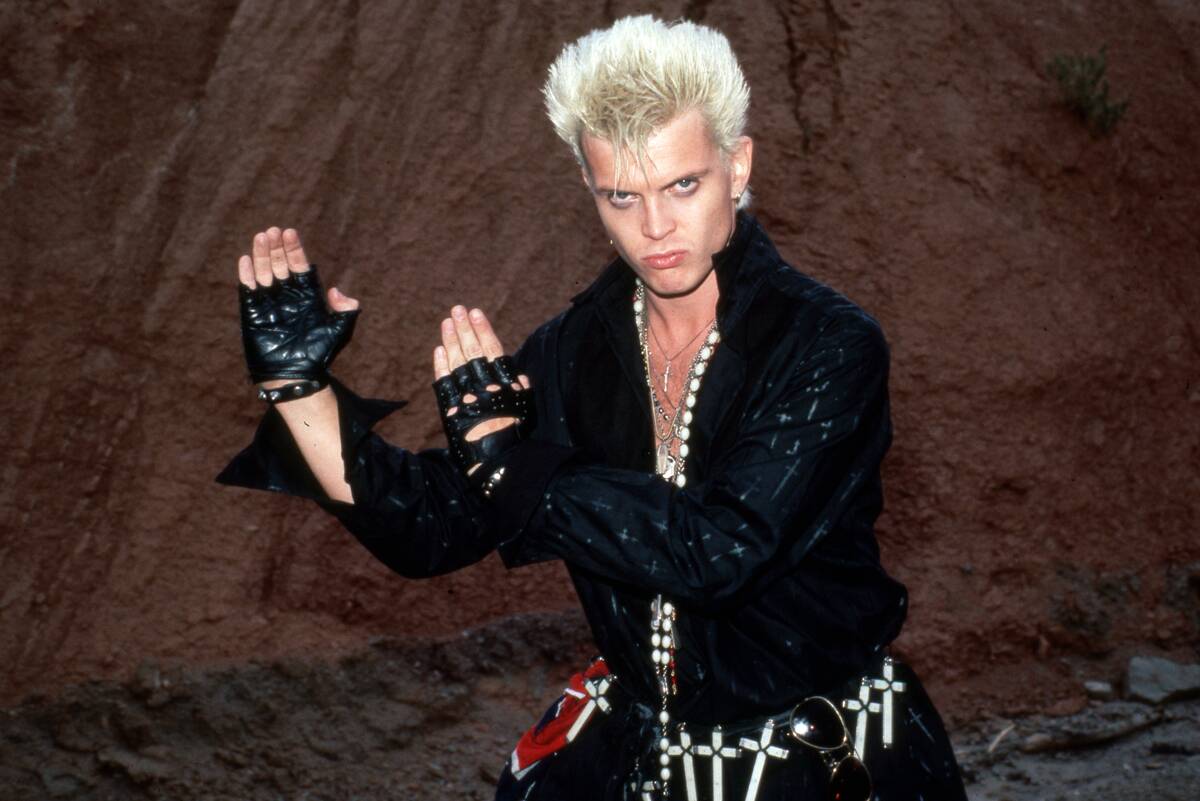
Billy Idol’s ‘Mony Mony’ is a staple of ’80s rock, but it started life as a pop hit by Tommy James and the Shondells in 1968. Idol’s version infused the track with a punk-inspired edge, turning it into a raucous anthem that continues to ignite party playlists.
His energetic cover brought a new intensity to the song, showcasing Idol’s signature rebellious style. ‘Mony Mony’ remains a testament to the enduring appeal of a great rock track and the power of an artist to make it their own.
Conclusion: Rediscovering the ’80s Through the Lens of Cover Songs
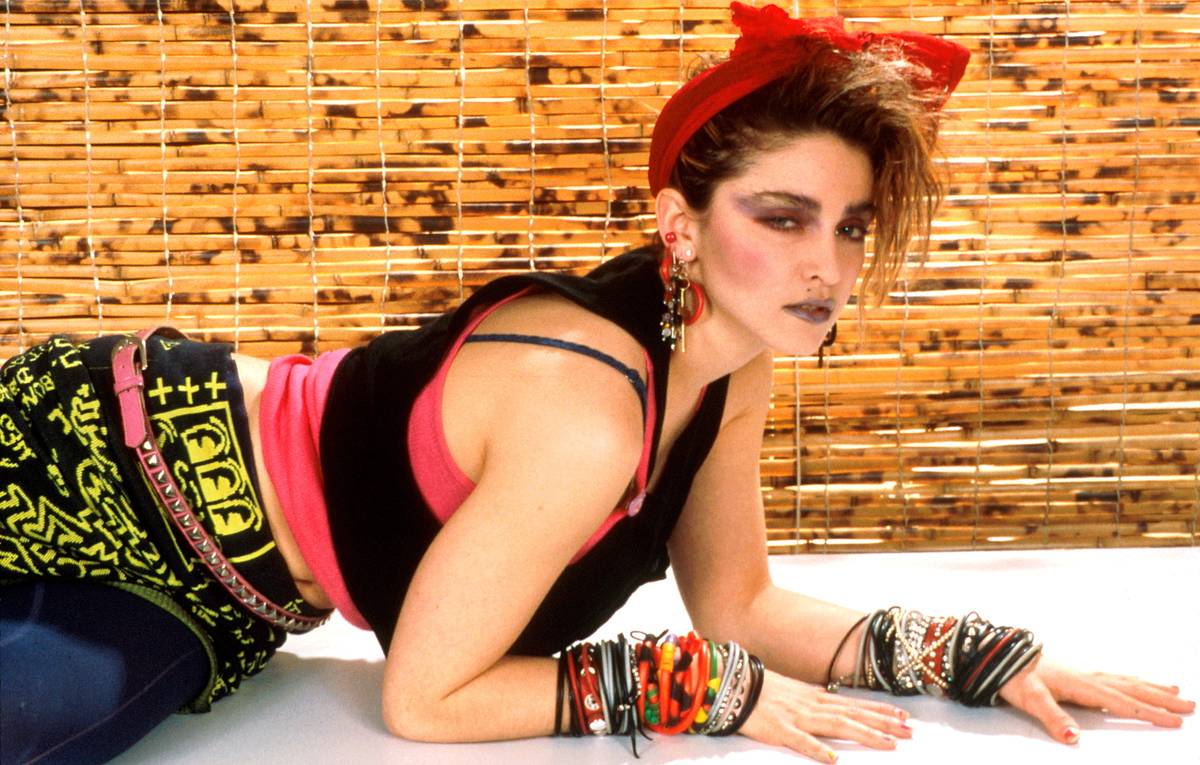
Exploring the origins of ’80s cover songs reveals a fascinating tapestry of musical influences and transformations. These tracks not only defined a decade but also showcased the enduring power of a great song to transcend time and genre.
By unearthing the stories behind these covers, we gain a deeper appreciation for the artists who reimagined them and the lasting impact they continue to have on music and culture.
